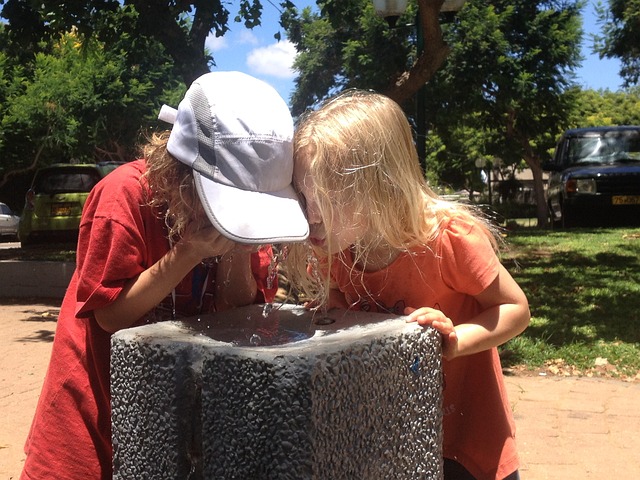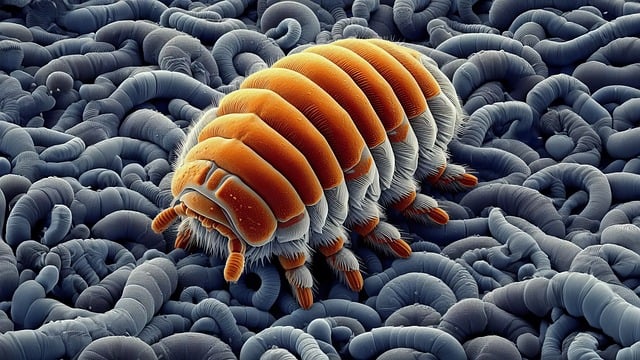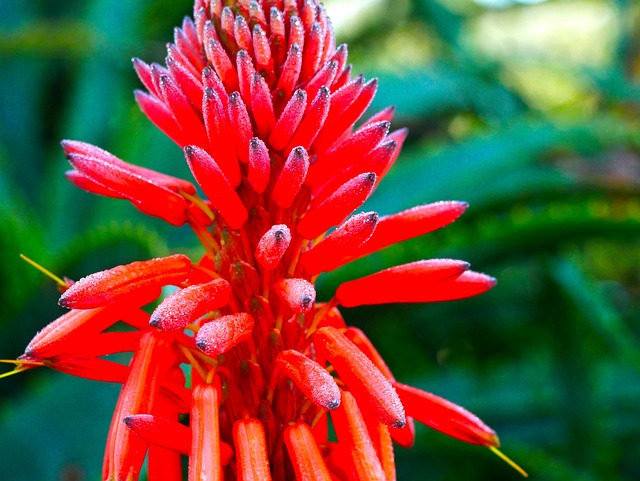bicho que parece rato 🥎 Bicho Que Parece Rato: A Contemplation on Nature's Oddities and Their Impact on Our Ecosystem

Bicho Que Parece Rato: A Contemplation on Nature's Oddities and Their Impact on Our Ecosystembicho que parece rato
Embracing the natural world often leads to encounters with creatures that elicit surprise, curiosity, and sometimes even apprehension. Among these unique beings is a creature colloquially known as "bicho que parece rato," or the animal that resembles a rat. This term encompasses a variety of species, some of which are native to the region, while others have become ubiquitous due to their adaptability. While the appearance of such creatures may provoke feelings of unease or disdain, a closer examination reveals their significant role within our ecosystem and the intricate web of life they contribute to.bicho que parece rato
The "bicho que parece rato" is typically characterized by its small size, elongated body, and a tail that may remind one of a common rat. However, these animals possess distinct traits and behaviors that differentiate them from their rodent counterparts. Often, they are members of the marsupial family or other small mammals, showcasing the remarkable diversity of life that thrives in our surroundings. Their unique adaptations allow them to occupy specific ecological niches, making them indispensable to their habitats.
The presence of such creatures can be seen as a reflection of the health of the ecosystem. As they scurry about, foraging for food and avoiding predators, they play a crucial role in seed dispersal, pest control, and the overall balance of their environment. Their diet often consists of insects, fruits, and seeds, contributing to the natural regulation of these populations. In this regard, the "bicho que parece rato" serves as both predator and prey, illustrating the delicate interconnectedness of life within our ecosystems.
However, the perception of these creatures is often marred by misconceptions. Many view them as pests, primarily due to their resemblance to rats, which are often associated with filth and disease. This negative connotation can lead to the indiscriminate culling of these animals, disrupting the ecological balance they help maintain. Education and awareness are paramount in fostering a more nuanced understanding of these creatures. By recognizing their ecological contributions, we can cultivate a sense of appreciation rather than aversion.bicho que parece rato

Moreover, the plight of the "bicho que parece rato" serves as a poignant reminder of the broader challenges facing wildlife in an era marked by habitat destruction and climate change. As urbanization encroaches upon natural habitats, many species are forced into closer proximity with human populations. This overlap can lead to increased conflict and misunderstanding, further exacerbating the negative perceptions surrounding these animals. Advocacy for conservation efforts and habitat preservation is crucial, not only for the survival of these creatures but for the health of the ecosystems they inhabit.bicho que parece rato

In communities where the "bicho que parece rato" is commonly found, fostering a relationship of coexistence is essential. Urban wildlife initiatives that promote understanding and respect for local fauna can bridge the gap between humans and these often-misunderstood creatures. Educational programs that highlight the ecological significance of such animals can change the narrative, transforming fear into fascination. By encouraging residents to observe and appreciate the wildlife around them, we can inspire a collective sense of stewardship for the environment.bicho que parece rato
Furthermore, embracing the oddities of nature can enrich our lives in unexpected ways. The presence of the "bicho que parece rato" can serve as a catalyst for exploration and discovery, leading to a deeper connection with the natural world. Observing their behaviors and interactions can ignite a passion for wildlife conservation, encouraging individuals to engage in efforts that promote biodiversity and environmental health.bicho que parece rato
In conclusion, the "bicho que parece rato" is more than just an enigmatic creature that elicits mixed emotions; it is a vital component of our ecosystem, deserving of our respect and understanding. By challenging our preconceived notions and fostering a sense of curiosity about these unique animals, we can create a more harmonious relationship with the natural world. As we navigate the complexities of modern life, let us not forget the importance of every creature, no matter how small or seemingly insignificant. They are all part of the intricate tapestry of life, and each thread contributes to the beauty and balance of our shared environment.bicho que parece rato
Fale conosco. Envie dúvidas, críticas ou sugestões para a nossa equipe através dos contatos abaixo:
Telefone: 0086-10-8805-0795
Email: portuguese@9099.com


